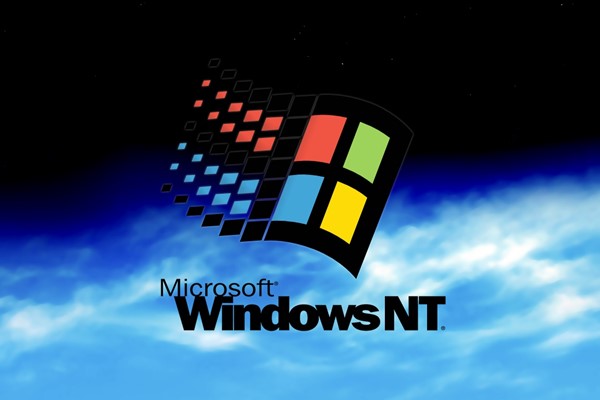This post will introduce you some basics of Windows NT, including its two versions and main features.
What Is Windows NT
Windows NT, a Microsoft Windows personal operating system, is designed for users and companies who need advanced functions. The first version of Windows NT was released on July 27, 1993. It is a multiprocessing and multi-user operating system that is independent from processor. With the software of MiniTool, partitions on Windows NT will be managed better.
The technology of NT is the foundation of Microsoft’s operating system Windows 2000. It is said that Windows NT stands for Windows new technology at the very beginning, but Microsoft doesn’t claim it clearly. There is another version claims that NT refers to the simulator N 10 (ten) used by Microsoft to develop NT on the i860.

-image from microsoft.com
The main design features of Windows NT are software and hardware portability. Due to the specific processor architectures, various versions are released. Windows NT 4.0 is an important one among these versions.
The main goal of Windows NT is to create a common code base and create a hardware abstraction layer (HAL) for each platform.
Windows NT promises to run on all content, thus enabling extensive software compatibility by supporting multiple API personalities like Windows API, POSIX API and OS/2 API.
Two Versions of Windows NT
In fact, Windows NT contains Windows NT Workstation and Windows NT Server two versions. They have a different emphasis on functions.
Windows NT Workstation is designed for workstation operating system, which is suitable for interactive desktop environment. While Windows NT Server is designed for companies’ operating system to provide an easy to manage, responsive network environment.
The two are totally identical in system structure, but they are adjusted accordingly in order to adapt to different application environments. Compared with Windows NT Workstation, Windows NT Server has more advanced functions. And you can think of Windows NT Workstation as a subset of it.
The next is a comparison between Windows NT Workstation and Windows NT Server:
Windows NT Workstation
- The hardware is suitable for individual users and it can be applied when the workstation has CAD/CAM and other advanced application requirements. Windows NT Workstation only supports two processors.
- As a network server, you can connect to no more than 10 clients to complete limited network service functions.
- Only one remote client access can be supported.
- Macintosh files and printing are not supported, and disk fault tolerance is not available.
Windows NT Server
- It is optimized for servers with high configuration requirements. Windows NT Server 4.02. Supports up to 32 processors.
- It can act as a network server, and can connect to the client without restrictions completing heavy networks tasks.
- It supports 256 remote client accesses at most.
- It supports Macintosh file and print, with disk fault tolerance.
Main Features of Windows NT
As a personal computer operating system, Windows NT has some features. Main features of Windows NT will be listed in the below. If you want to learn more, please focus on those Windows NT features.
- With multi-boot capability, Windows NT can coexist with other operating systems.
- It implements preemptive multitasking and multithreading operations.
- It supports multiple CPU systems with SMP (Symmetric Multiprocessing technology).
- It supports a variety of hardware platforms such as CISI (Intel system) and RISC (such as Power PC, R400, etc.).
- Interoperable with a variety of network operating systems such as UNIX, Novell Netware, Macintosh and other systems. It provides extensive support for customer operating systems, such as MS-DOS, Windows, Windows NT Workstation, UINX, OS/2, Macintosh, etc. Windows NT supports multiple protocols: TCP / IP, NetBEUI, DLC, AppleTalk, NWLINK, etc.
- Its security meets the US Department of Defense’s C2 standard.
- The NT system is a popular network operating system because of its low price, strong application service capability, high performance, and rich software.
- The disadvantage is that the file service function is not as powerful as NetWare, which occupies more service resources.
Probably you are not familiar with Windows NT, but it applies in our lives indeed. For instance, Microsoft Windows 7, you must be familiar with this, is supported by Windows NT 6.1.